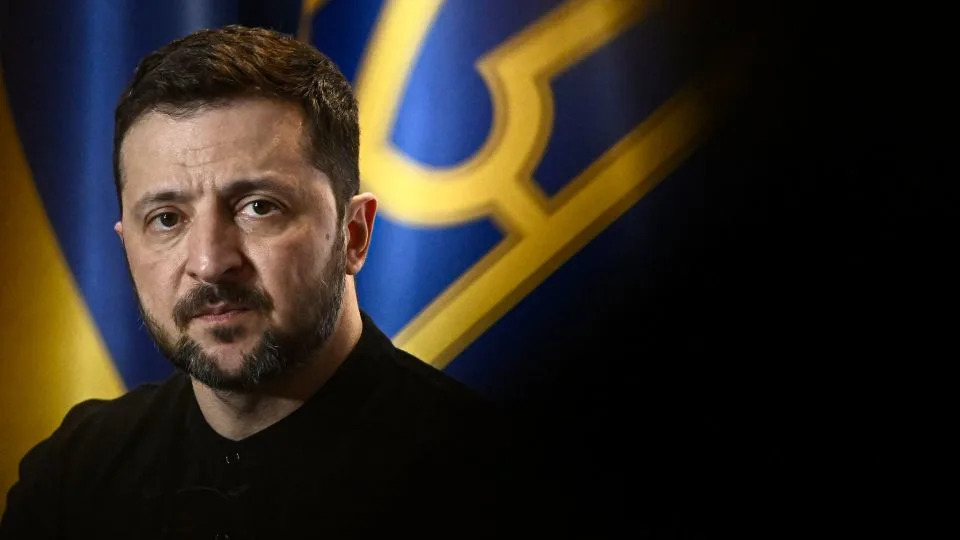
At what was billed as an “historic” presidential summit, hastily put together in Alaska on Friday afternoon, the optics were as clear and overshadowing as the vast Chugach mountains glistening over Anchorage in the summer sun.
US President Donald Trump literally applauded Vladimir Putin as he walked along a red carpet laid out in his honor by genuflecting US troops.
After warmly greeting the Russian president, whose full-scale invasion of Ukraine has so far left more than a million people dead and injured, a US B-2 stealth bomber, flanked by fighter jets, roared overhead.
But Putin seemed unintimidated by the spectacle. This was, after all, his long-awaited coming out of international isolation party; a political gift bestowed upon the Kremlin strongman, who is indicted for war crimes at the International Criminal Court, by a US president who called him his friend, “Vladimir.”
Later, in the windowless press room on Joint Base Elmendorf-Richardson near Anchorage, where the White House and Kremlin press pools had gathered wrongly expecting a joint news conference, we found ourselves positioned alongside an energetic, tight-suited reporter from one of the radically conservative news networks who seem to vie for Trump’s favor.
“Trump is determined to exit Biden’s war,” the reporter confided to me between live shots, referring to the full-scale Russian invasion of Ukraine that began in 2022 when Joe Biden was US president.
“But the Ukrainians and the Europeans are in his way,” the reporter added, seemingly frustrated, as Trump, at the reluctance to accept any deal at any price.
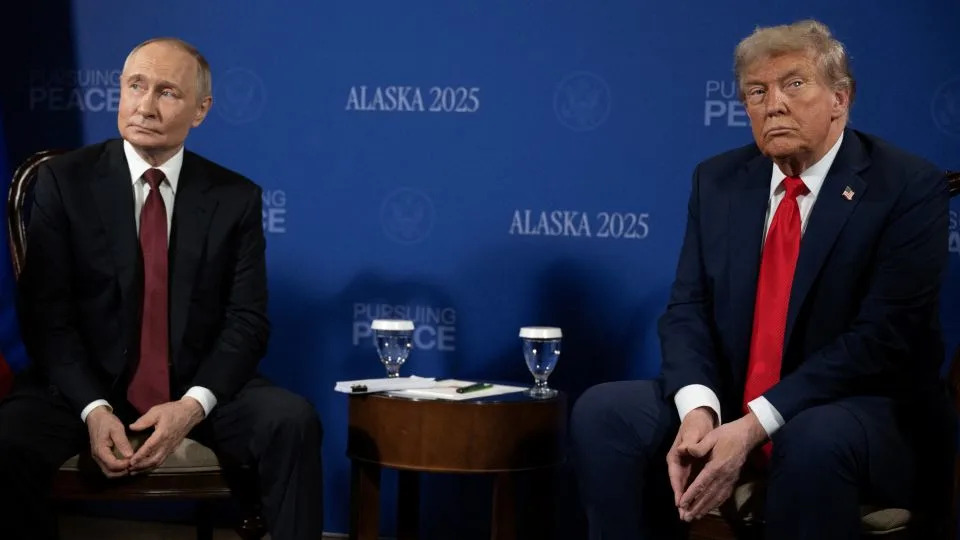
The comment points to an even bigger, though less obvious, Putin victory than merely returning to the top table of international diplomacy: In pursuit of a quick peace deal in Ukraine, the US president appears to have taken Russia’s side on key issues in the conflict.
A ceasefire, for example. Ukraine and its European supporters have long argued that halting the violence must be an essential first step in peace talks. Trump, who had earlier accepted that, has apparently changed his mind, posting on his Truth Social platform about going for a full peace deal instead, a long-standing preference of the Kremlin, which sees no benefit in halting offensive operations at a time when it believes Russian forces have the upper hand.
As Ukrainian President Volodymyr Zelensky, flanked by European leaders, prepares for direct and urgent talks with Trump, this about-face by the White House will be at the forefront of concerns and negotiations – alongside demands by Putin, and perhaps Trump too, for Kyiv to withdrawal from swathes of strategic territory in the Donbas region of Ukraine that has been annexed by Russia but not yet conquered.
That may ultimately be a red line neither Ukraine nor Europe is willing to cross. Signing up to such a deal, which would involve pulling out of the so-called fortress belt of heavily defended Ukrainian towns and cities that have prevented Russian forces from advancing even deeper into Ukraine, would be seen as a security disaster on the continent.
Ukrainian and European leaders are likely to push back hard in Washington on these territorial demands, but in doing so risk casting themselves – in the eyes of the White House, at least – as the real obstacles to peace. And saying no to a quick deal that Trump supports, with thoughts of a Nobel Peace Prize within his grasp, could push the mercurial US president to lash out, perhaps cutting off crucial intelligence sharing again, or military aid.
Meanwhile, as Putin’s forces relentlessly advance on the frontlines, he must be watching all this with some satisfaction. The fact a major territorial concession is being discussed at all is itself, from the Kremlin’s point of view, yet another important win. While Ukraine and its Western backers haggle over how much more of Donbas Kyiv should surrender, the land Russia has already captured by brute force is barely mentioned at all.
But in the days and the weeks ahead, as the success or failure of peace talks inevitably dominate the news agenda, it’s worth acknowledging that it is Trump – not Putin – who is now driving this process forward and that the US President’s objectives are not necessarily the same as those of Europe or Ukraine.

That means there must also be concern about any promised US security guarantees – another key issue in peace negotiations, aimed at preventing the Kremlin from relaunching its war once the it has secured any peace deal advantage. A threat of US military action if, for instance, Russian violates a peace deal, must be credible if it is to be an effective deterrent. But with Trump pressuring for an end to the conflict and US involvement in it, the Kremlin may judge any US security guarantees as hollow in the current climate.
Trump wants this war off his hands, a quick win. European security is not his paramount concern. Economic gain, and possible business deals with Russia, appear to be more of a priority, as it the idea of taking his place in a pantheon of leaders who bend the world to their will.
Back at anticlimactic Alaskan summit, it was striking how deferential a usually domineering Trump appeared, even allowing Putin – a foreign guest on American soil – to speak first in the joint statements to the press. The US president stood listening quietly at his podium for several minutes as the Kremlin leader held forth on Alaska’s Russian and American history before delivering his own impressions of the day’s meetings.
It was almost as if Putin, who confidently suggested Trump visit Moscow – in a rare English-language remark from the Russian president – was accepting Trump back into the fold, not the other way around; reintroducing him to the world from Alaska as a fellow strongman, with immense power, many thousands of miles away from the petty concerns of Ukraine and Europe.
For more CNN news and newsletters create an account at CNN.com
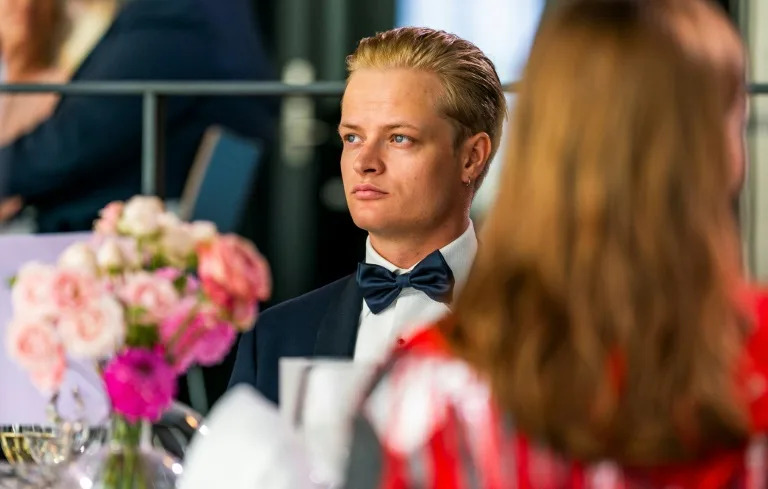
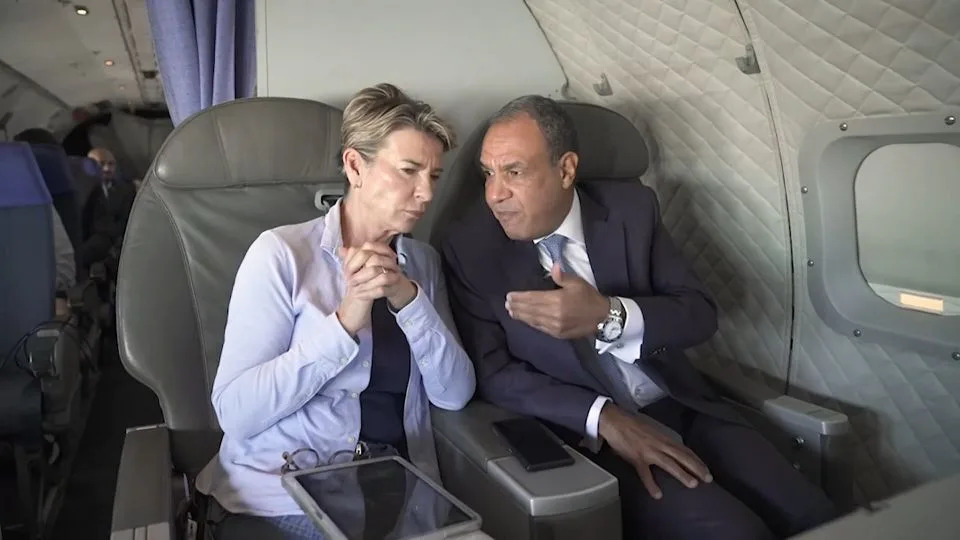
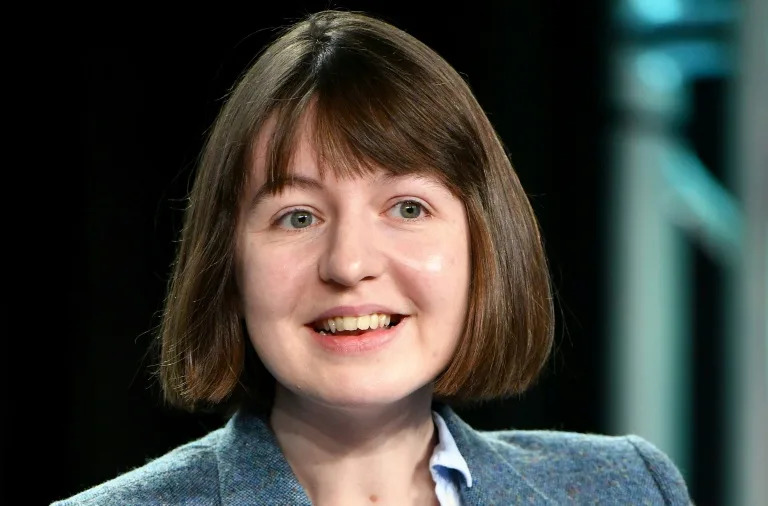

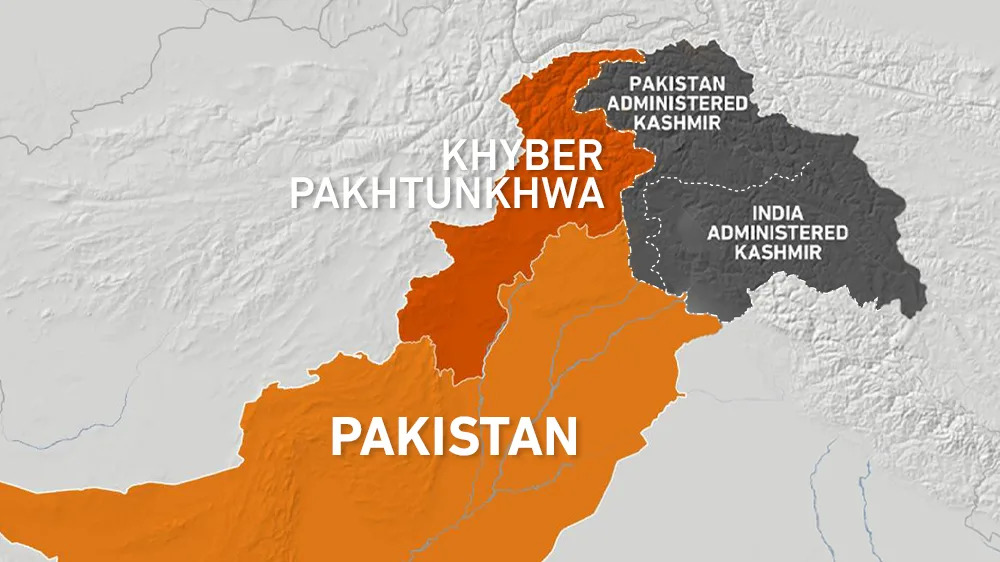
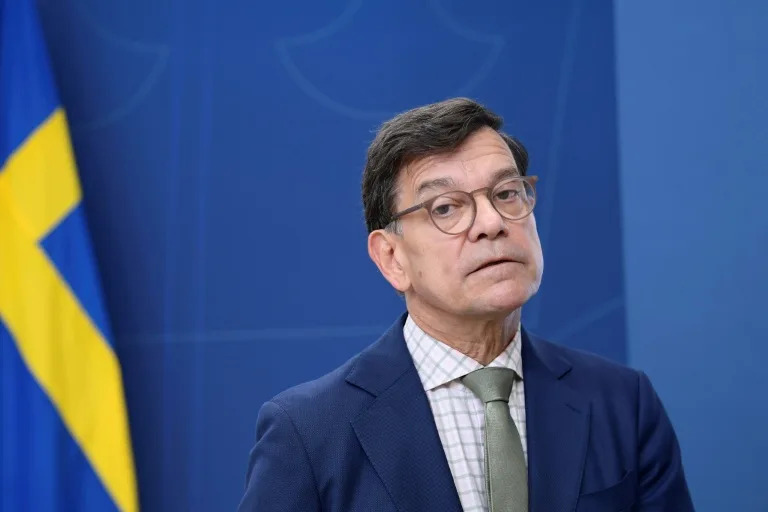
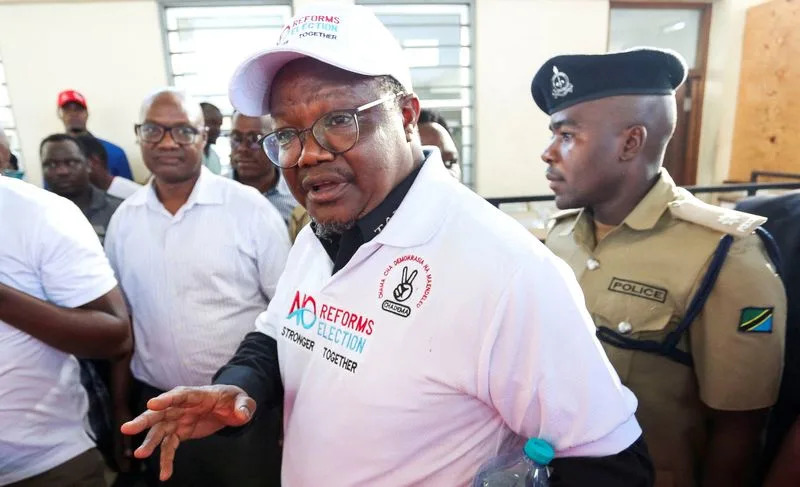
Comments